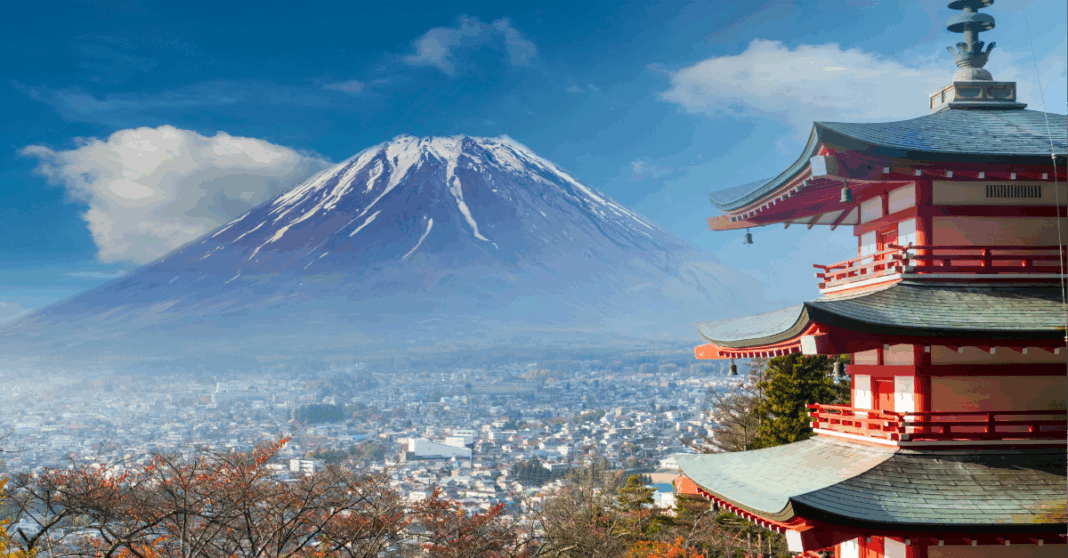Japan plans to raise its visa issuance fees for foreign visitors starting in the 2026 fiscal year, as the country faces an unprecedented tourism boom and growing concerns over overtourism, according to Japan’s national daily The Mainichi.
The plan, expected to be included in the government’s comprehensive economic measures to be compiled later this month, comes under the leadership of Prime Minister Sanae Takaichi, Japan’s first female leader who took office in late October. Her administration aims to balance the nation’s surging tourism growth with sustainable management.
The planned increase will mark the first visa fee adjustment since the Foreign Ministry began tracking visa issuance data in 1978.
Currently, Japan charges JPY 3,000 (approximately USD 19.50) for a single-entry visa and JPY 6,000 (approximately USD 39) for a double-entry or multiple-entry visa, significantly lower than fees charged by other major destination countries. Meanwhile, the United States charges approximately USD 185, the United Kingdom around USD 167, and euro-zone nations roughly USD 104 for comparable visas.
According to the Japanese media, the revised fees will be aligned with international standards, with the additional revenue funding initiatives to address overtourism and improve tourism infrastructure management.
Japan’s tourism industry has experienced explosive growth in recent years. The country welcomed nearly 37 million visitors in 2024, the highest number in its history. According to the Japan National Tourism Organization, arrivals from January to September 2025 reached 31.65 million, up 17.7 percent year-on-year, the fastest pace ever for surpassing 30 million visitors.
By adjusting visa fees and investing in sustainable tourism measures, the Japanese government aims to alleviate overcrowding and environmental pressures that have increasingly affected many of the country’s most popular destinations.



